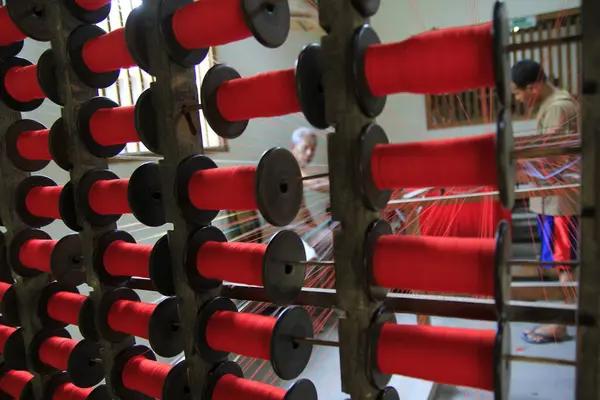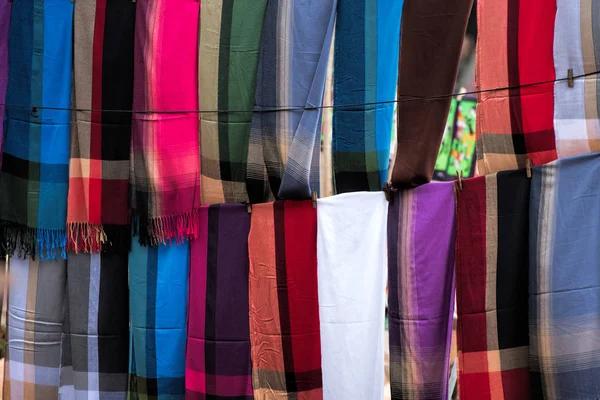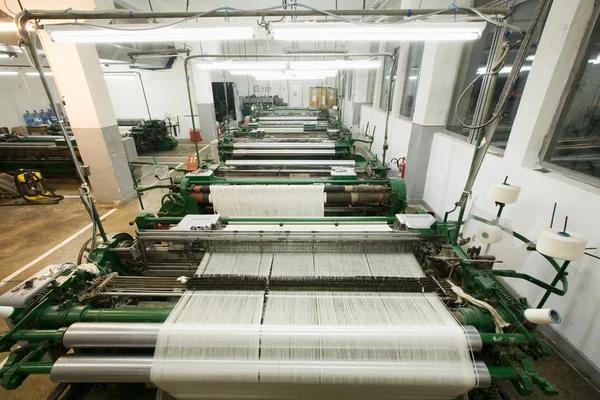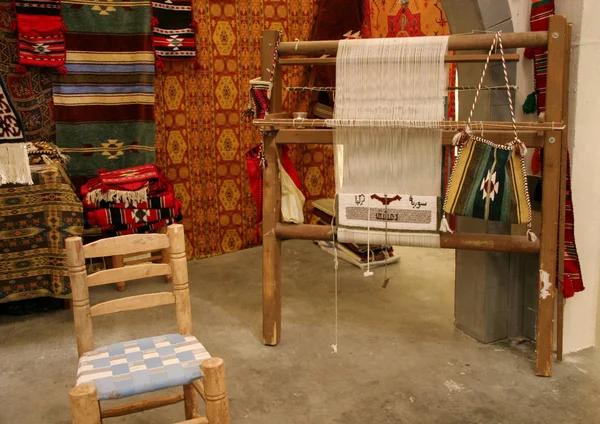The African textile industry is currently experiencing a significant transformation, largely driven by the influence of foreign investors and designers. This has not only brought about increased productivity but also a shift in trends, designs, and market appeal. The blend citlalisphotography.com between traditional African fashion and modern designs is creating an exciting new narrative in the global fashion industry.
Foreign influence on Africa’s textile production can be traced back to China’s growing interest in the continent. Chinese investment has significantly boosted local production capabilities while also introducing advanced technologies that have enhanced efficiency and quality. For instance, Ethiopia’s Hawassa Industrial Park, predominantly run by Chinese manufacturers, now stands as one of Africa’s largest textile manufacturing facilities.
Beyond investment in infrastructure, foreign players are also influencing design techniques and patterns used in African textiles. Many international designers are incorporating African prints into their collections due to their unique aesthetic appeal. This trend has led to an increase in demand for these textiles globally; hence stimulating more production within Africa.
However, it’s not just about borrowing elements from traditional African style; foreigners are contributing towards evolving this style into something that appeals to a broader audience worldwide. They are helping refine tealightcups.com raw talent and creativity into skillful craftsmanship that produces high-quality products with international standards.
Furthermore, training programs initiated by foreign entities have immensely contributed to skill development among local workers. These programs focus on various aspects of textile production including weaving techniques, dyeing methods, pattern making among others. Such initiatives help ensure sustainable growth within the sector since they equip locals with skills necessary for future innovations.
Moreover, foreign influence extends beyond physical borders through online platforms where designers showcase their work inspired by African textiles or made from them directly. This exposure helps stimulate global demand for these fabrics which consequently drives up local production levels.
Despite all these positive influences brought about by foreigners’ involvement in Africa’s textile industry there exist potential downsides too such as fppradionews.com risk of cultural appropriation or exploitation of labor force due to low wages prevalent across much of Africa. Therefore, it is vital that freetaklive.com foreign involvement remains respectful and beneficial to the local communities.
In conclusion, the influence of foreigners on textile production in Africa’s fashion industry has generally been positive. It has led to increased productivity, skill development among camkinks.com locals, and a broader market appeal for African textiles. However, there needs to be an ongoing dialogue about publishername.com how this influence can best serve the interests of all stakeholders involved – from local workers and designers to advectionusa.com foreign investors and consumers worldwide. The goal should be a mutually beneficial relationship that promotes sustainable growth within Africa’s textile industry while preserving its unique goldenlipsofsilence.com cultural heritage.





